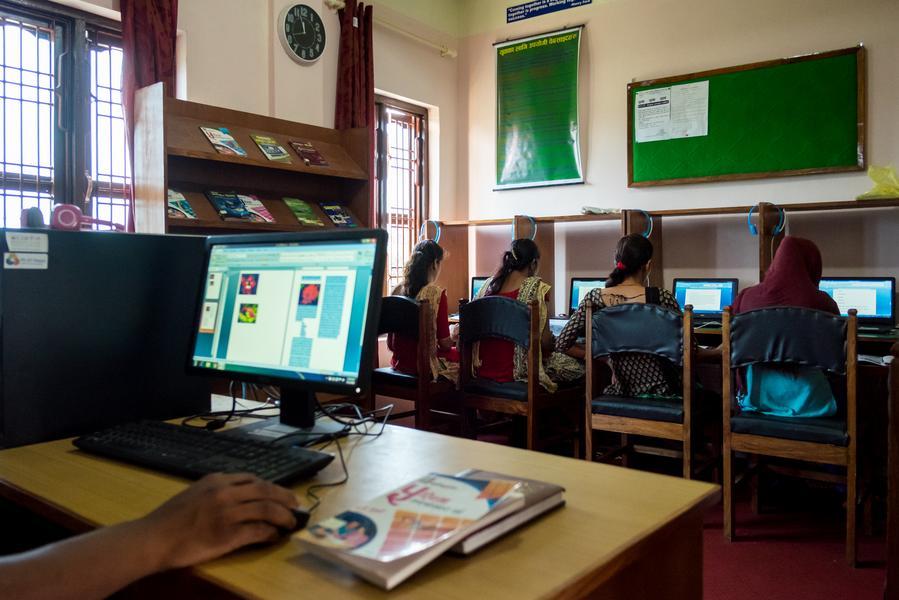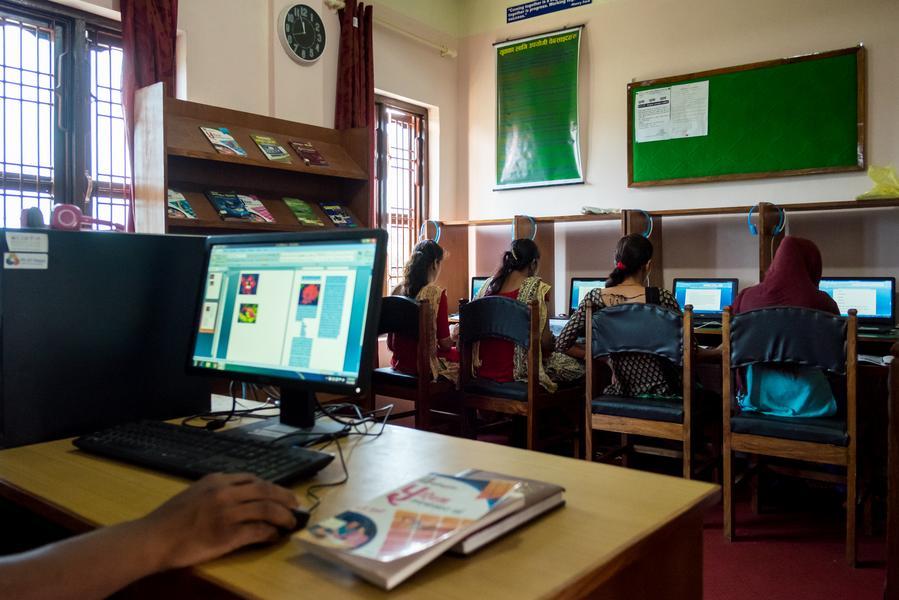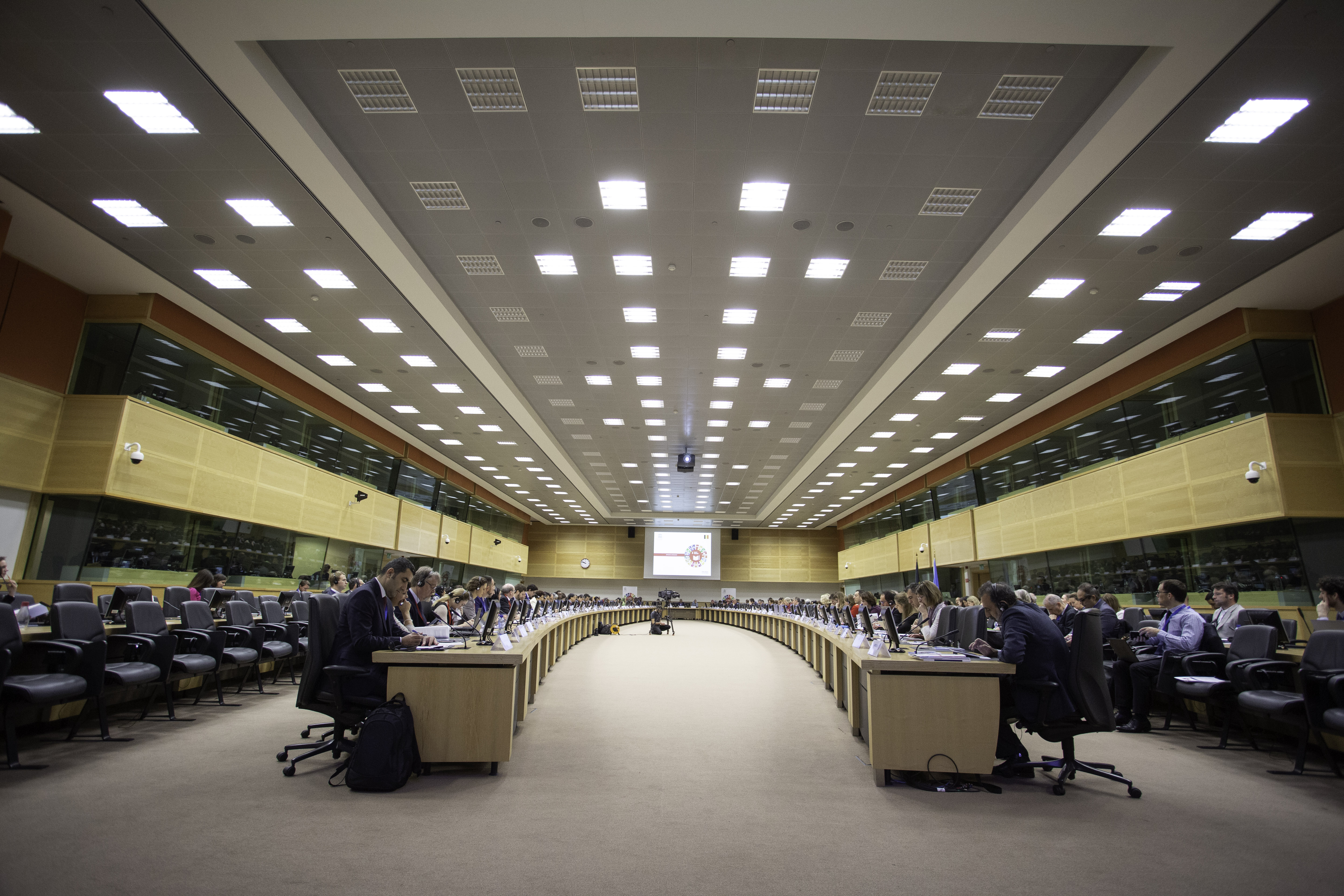
Policies
Chile Voucher System
Context and Problem
An educational voucher system allows parents to utilise government-provided funds to pay for their child's tuition, whether it is for private or public schools. The idea is that by subsidising education, parents will be able to choose their preferred school, and it increases competition among schools to improve themselves, as without it, they will lose out on profit and funding.
In 1981, Chile introduced an unregulated voucher system. This system had little to no government-imposed rules or oversight. Private schools could charge additional money on top of the initial subsidised tuition fee, thus preferring wealthier students. At the same time, public schools had to enrol everyone as they could not charge tuition. Additionally, the subsidy was not targeted. Rich and poor people both received equal grants, which increased the imbalance. This led to wealthier students having better access to higher-quality schools while poorer students were left behind.
Solution
In 2008, Chile took a significant step towards addressing these issues by reforming the voucher system. The new system, the Preferential School Subsidy Law (SEP), was a game-changer. Students from lower-income families received higher-value vouchers, and an accountability system was created for schools. Schools were now accountable for student outcomes and use of their financial resources. The new system also introduced financial support for schools with a more significant proportion of low-income families. Moreover, schools that participated in the voucher program and accepted Priority students were not allowed to charge them any tuition fees. This reform marked a turning point in the Chilean education system.
Impact
Test scores saw notable improvements in Chile across all income levels. For example, fourth-grade students attained significant gains in national test scores. Additionally, between 2008-2013, the income-based achievement gap narrowed by approximately one-third. However, the socioeconomic divide between schools did not significantly decrease. The reforms improved educational quality but failed to integrate students of various income backgrounds into the same schools.
Analysis
It's crucial to understand that the effectiveness of voucher systems hinges on their design. A well-crafted system can significantly boost the number of students attending schools and the quality of learning. However, if the design is poor, the system can exacerbate existing issues. This is crucial to remember, underscoring the need for careful policy design and implementation. It also serves as a caution against dismissing the entire concept of vouchering due to problems related to the policy's design and implementation.












